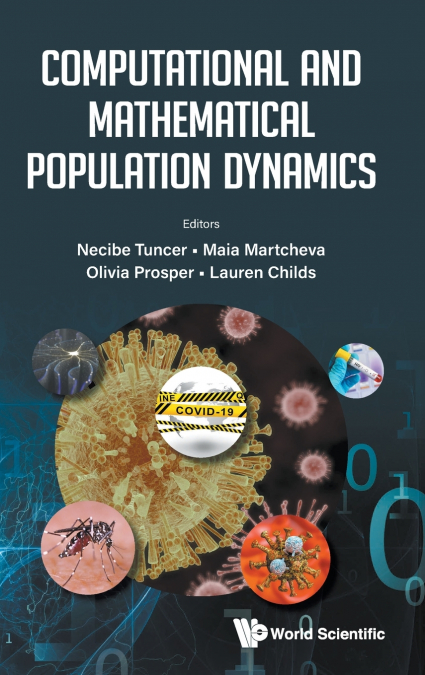
MAIA MARTCHEVA OLIVIA PR NECIBE TUNCER
 Librería Perelló (Valencia)
Librería Perelló (Valencia)
 Librería Aciertas (Toledo)
Librería Aciertas (Toledo)
 El AlmaZen del Alquimista (Sevilla)
El AlmaZen del Alquimista (Sevilla)
 Librería Elías (Asturias)
Librería Elías (Asturias)
 Librería Kolima (Madrid)
Librería Kolima (Madrid)
 Donde los libros
Donde los libros
 Librería Proteo (Málaga)
Librería Proteo (Málaga)
This book is a collection of works that represent the recent advancements in computational and mathematical methods applied to population dynamics. It concentrates on both development of new tools as well as on innovative use of existing tools to obtain new understanding of biological systems. The volume introduces new state-of-the-art techniques for defining and solving numerically control problems in mathematical biology in which the control appears linearly. Such problems produce simpler optimal controls that can be implemented in practice. The book further develops tools for fitting multi-scale models to multi-scale data and studying the practical identifiability of the parameters from multi-scale data. Novel model of Zika with Wolbahia infection in mosquitoes suggests that the most suitable control strategy to control Zika in the absence of Wolbahia is killing mosquitoes but the most suitable strategy when mosquitoes are Wolbahia infected is the treatment of humans.A completely novel methodology of developing discrete-continuous hybrid models of multi-species interactions is also introduced together with avantgarde techniques for discrete-continuous hybrid models analysis. A mathematical model leads to new observations of the within-host virus dynamics and its interplay with the immune responses. In particular, it is observed that the parameters promoting CTL responses need to be boosted over parameters promoting antibody production to obtain a biologically relevant steady state. A novel stochastic model of COVID-19 investigates quarantine and lock down as important strategies for control and elimination of COVID-19.